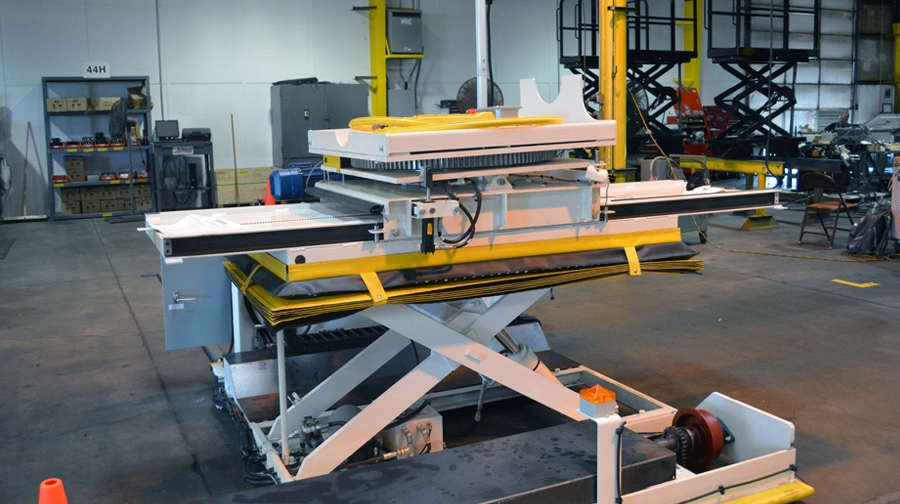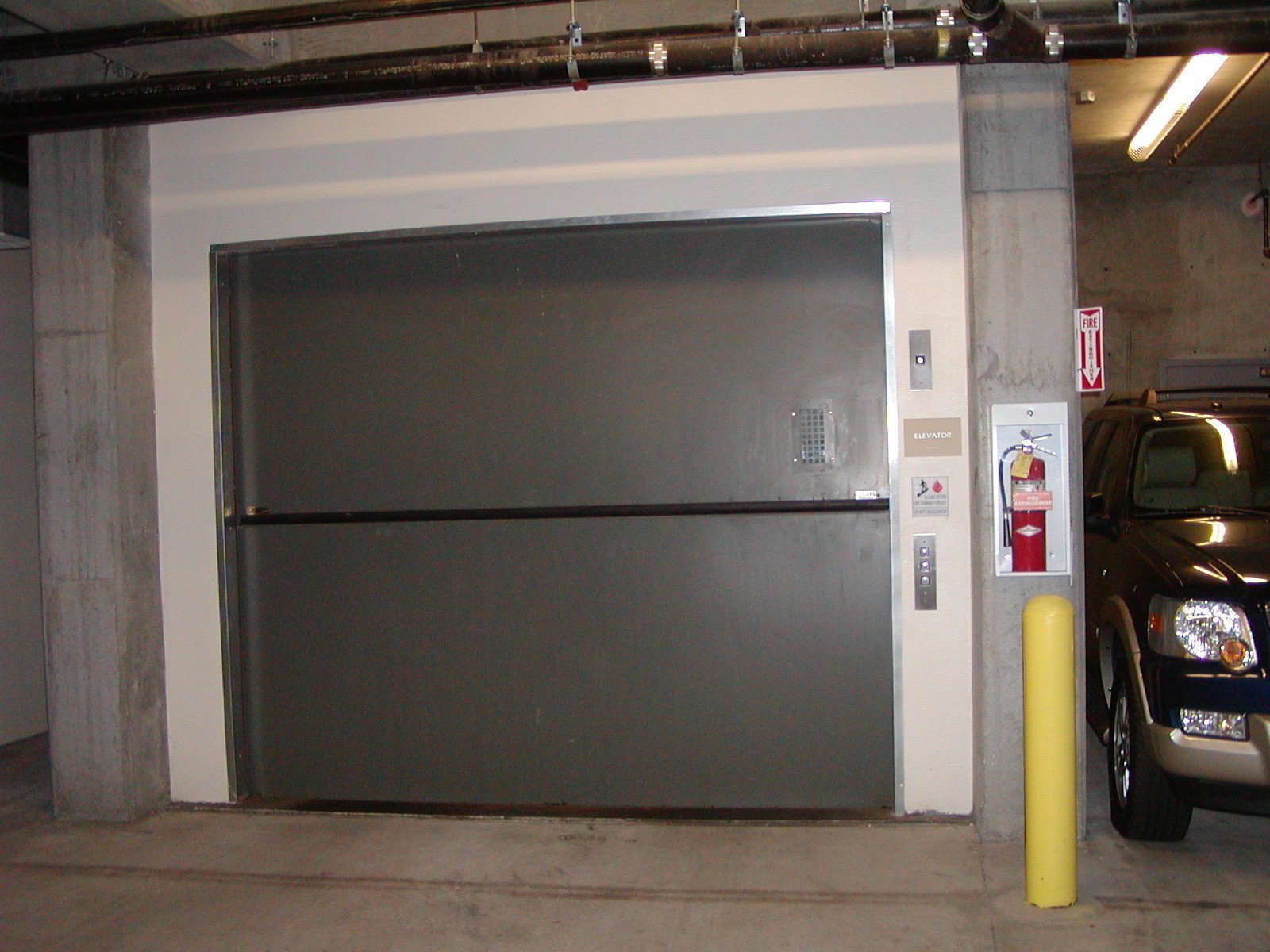Welcome to the world of industrial lifting equipment, where productivity and safety are paramount! Dive into this informative and entertaining guide to discover the key factors and types of equipment you need to consider when selecting the perfect lifting solution for your workplace.
Table of Contents:
General Factors To Consider
When choosing the right industrial lifting equipment, there are several factors to consider. Here, we’ll explore the essential elements to ensure you get the best equipment for your application.
Height Requirements
In the dynamic world of industrial lifting equipment, height requirements play a crucial role in ensuring the perfect fit for your specific needs. When evaluating your options, it’s essential to take a deep dive into the vertical dimensions of your operation. This includes considering lowered height, raised height, and vertical travel height, each of which contributes to the overall efficiency and safety of your lifting equipment.
- Lowered Height. The starting point for any lifting job is the equipment’s lowered height. It is vital to select a model that accommodates the maximum lowered height necessary for your application. For ground-level operations, you may need to consider pit mounting your equipment. This approach not only provides seamless integration into your workspace but also allows for a lower profile when the equipment is not in use. With the right lowered height configuration, you can ensure smooth and efficient operation, reducing the risk of damage to both the equipment and the materials being lifted.
- Raised Height. Just as important as the lowered height is the maximum raised height you need for your application. In some cases, reaching higher elevations may be critical to your operation’s success. A double-high model may be the perfect solution for these lofty ambitions, providing the added height you require while maintaining the stability and safety of your lifting equipment. By considering the raised height needs of your operation, you can make informed decisions about which models will best serve your purposes.
- Vertical Travel Height. Last but not least, it’s essential to determine the vertical travel height that your load must cover. This crucial measurement dictates how far your equipment will need to lift the load to reach the desired height. To make this determination, consult the specifications for standard vertical travel heights available in different lifting equipment models. From there, you can select the appropriate travel distance to ensure your lifting dreams become a reality. Keep in mind that choosing the right vertical travel height not only ensures your operation runs smoothly but also maximizes the efficiency and safety of your lifting equipment.
By carefully assessing your height requirements and understanding the intricacies of lowered height, raised height, and vertical travel height, you can make well-informed decisions about which industrial lifting equipment best suits your needs. Ultimately, the right equipment will enhance productivity, safety, and reliability within your operation, making it a worthwhile investment in the long run.
Lifting Capacity
Lifting capacity is a critical factor. It’s essential to choose equipment that can safely and efficiently handle the weight of your materials while also considering various load types and operational demands. The lifting capacity of your equipment is a measure of the weight it must handle during operation. To ensure optimal performance, consider the following:
- Side-End Load. This refers to the static load that can be applied over the edge of a lift platform when it’s in the fully raised position. Understanding side-end load capacity is crucial for ensuring the stability and safety of your lifting equipment.
- Axle Load. Axle load is the rolling load that accounts for the added forces applied to the lift through the momentum and impact of the wheels. Ensuring your equipment can handle the necessary axle load will help maintain its longevity and reduce the risk of accidents.
Frequency and Criticality of Operation
Another vital aspect to consider is the frequency and criticality of your lifting operations. By understanding the operating speeds, duty cycles, and jogging limitations, you can optimize your equipment’s performance and make informed decisions about which models best suit your needs.
- Operating Speeds. The operating speed of your equipment is an essential factor in its efficiency. Consult the product specifications for standard operating speeds and, if necessary, reach out to sales for customized options that cater to your specific requirements.
- Duty Cycles. Duty cycles help determine the optimal equipment for your usage. Choose between standard-duty for general applications or high-cycle for more demanding tasks with over 100,000 cycles per year or when equipment downtime could significantly impact production.
- Jogging. If your lifting operation requires “jogging” or intermittent lifting, it’s crucial to ensure your equipment can handle the frequency of these movements. For more demanding applications, consider a high-cycle rated lift designed to accommodate more frequent use and withstand the additional wear and tear.
By thoroughly examining the lifting capacity, frequency, and criticality of your operation, you can make informed decisions about which industrial lifting equipment is the right fit for your needs. Ultimately, selecting the appropriate equipment will lead to increased efficiency, safety, and reliability, making it a wise investment for your business.
Power Supplies
Consider the power supply for your equipment. Standard single-phase units operate at 230V/1PH/60Hz, while three-phase power units use 208/230/460V/3PH/60Hz. Always specify your power supply requirements.
Equipment Controls
The standard control voltage is 24VAC, with 115VAC and 24VDC available upon request. Customize your control options with UP/DOWN constant pressure pushbutton stations, foot, key, or automatic (PLC) operating devices.
Industrial Lifting Platforms
Find the perfect platform for your industrial lifting needs by considering essential factors such as standard platform sizes, oversized platforms, and pit-mounting. These selections can greatly impact efficiency, safety, and overall performance in your operations.
- Platform Size. Accurately evaluate the dimensions required for your largest load to ensure smooth and efficient operations. Aim to select a “Standard Platform Size” from the product specification table, as this will help you find the ideal lifting platform tailored to your specific needs while maximizing productivity and safety.
- Oversized Platforms. For applications that necessitate non-standard platform sizes, carefully consult product specifications to determine the appropriate minimum and maximum dimensions. Be aware that oversized platforms might require de-rating to ensure safe and efficient operation, while still providing a customized solution tailored to your unique lifting needs.
- Pit Mounting. When opting for pit-mounted installations, it’s crucial to adhere to OSHA regulations that mandate platforms to be equipped with toe protection. This ensures both the safety of your employees and full compliance with regulatory standards, creating a secure and efficient work environment.
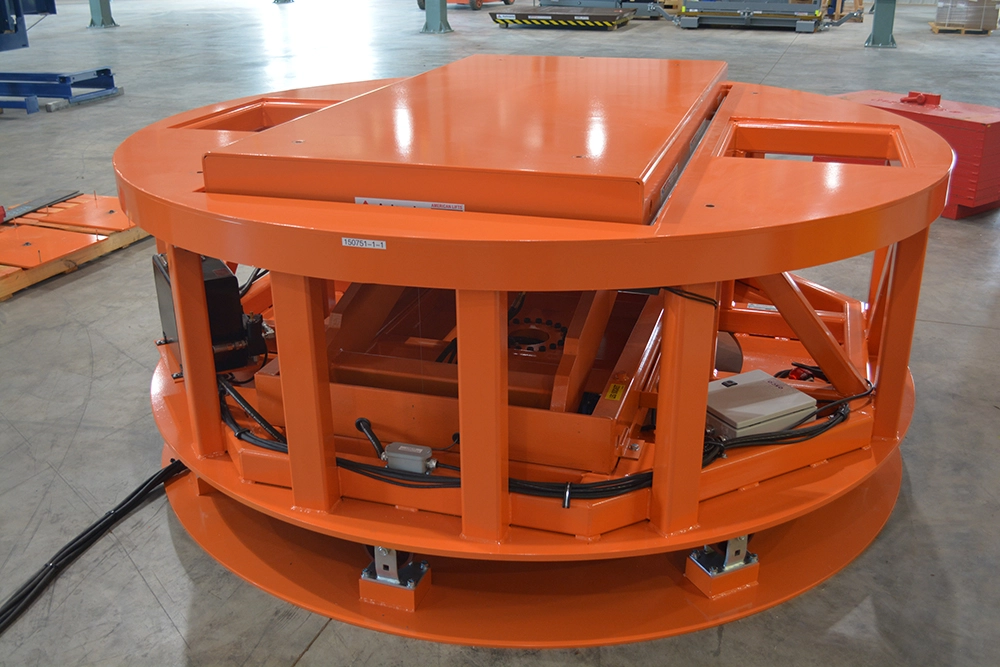
Types of Industrial Lifting Equipment
Selecting the ideal industrial lifting equipment is crucial for optimizing efficiency, safety, and productivity in your workplace. With numerous options available, it’s essential to understand the different types and their unique capabilities. In the sections below, we will explore a variety of industrial lifting equipment to help you find the perfect match for your specific application and requirements.

Single Scissor Lifts
Single Scissor Lifts, also known as “Single Stage” lifts, feature a single set of scissor-like mechanisms with the power unit typically mounted between the legs. These versatile lifts can be combined into Double Long, Double Wide, or even Double High configurations depending on the application requirements.
Double Long Scissor Lift
Ideal for applications requiring long platforms, Double Long Scissor Lifts consist of two standard scissor lifts joined by a common platform and base. A single power unit controls both lifts, with a maximum rated capacity of 80% of the combined catalogued capacities of the single scissor lifts selected.


Double Wide Scissors Lift
Perfect for applications demanding wide platforms, Double Wide Scissors Lifts feature two standard scissor lifts mounted side-by-side with a shared platform and base. A single power unit controls both sets of lifts, and the maximum capacity is 80% of the combined catalogued capacities of the single scissor lifts.
Double Pantograph Scissor Lift
Double Pantograph Lifts are designed to provide greater vertical travel while maintaining a compact design. They feature a unique double scissor mechanism, allowing for increased lifting height with a smaller footprint. These lifts are ideal for applications that require high vertical travel with limited available space, offering smooth and precise lifting capabilities.

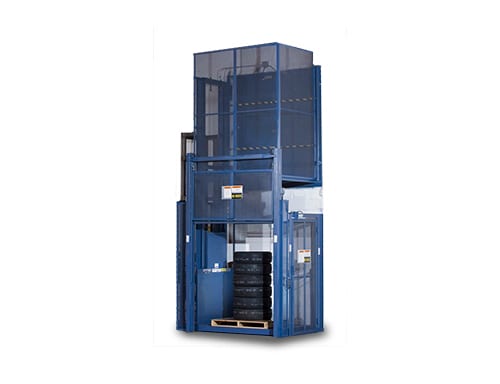
Vertical Reciprocating Conveyors (VRC)
Vertical Reciprocating Conveyors (VRC) are specialized lifts designed to move materials between different elevation levels efficiently and safely. They are ideal for applications in warehouses, distribution centers, or manufacturing facilities where vertical movement of goods is a necessity.
Industrial Turntables
- Stand Alone Turntables. These turntables operate independently and are designed for uniformly distributed loads. In addition, they can be customized with optional features such as detents, locks, physical stops, limit switch signals, or powered drives.
- Lift Mounted Turntables. These turntables are mounted to your lift equipment and may require de-rating depending on the platform size. Ensure the turntable dimensions do not exceed the maximum allowable platform dimensions of the lift they are mounted to.
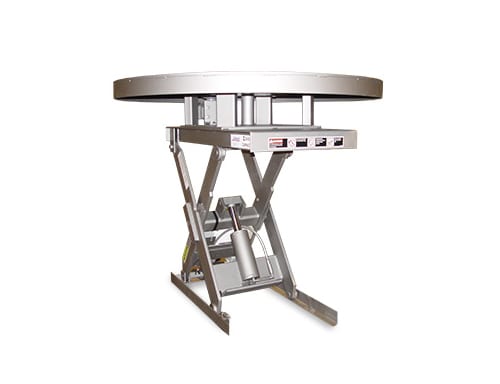

Industrial Tilters
- Stand Alone Tilters. Choose a stand-alone tilter if your application requires tilt angles exceeding 45 degrees, off-center loading, or non-standard platform sizes. Ensure your tilter can handle the container load dimensions and ratios.
- Lift Mounted Tilters. These tilters are mounted to your lift equipment and may require de-rating depending on the platform size. Ensure the tilter platform width does not exceed the maximum allowable lift platform width.
Choose the Right Industrial Lifting Equipment to Enhance Workplace Safety and Efficiency
In conclusion, selecting the ideal industrial lifting equipment, turntables, and tilters is crucial for maximizing efficiency and safety in your workplace. By carefully considering the specific needs of your application – including height requirements, lifting capacity, platform size, and operational constraints – you can make an informed decision that will enhance your material handling processes. Ultimately, investing in the right equipment will lead to improved ergonomics, higher productivity, and a safer work environment, ensuring long-term success for your business.


